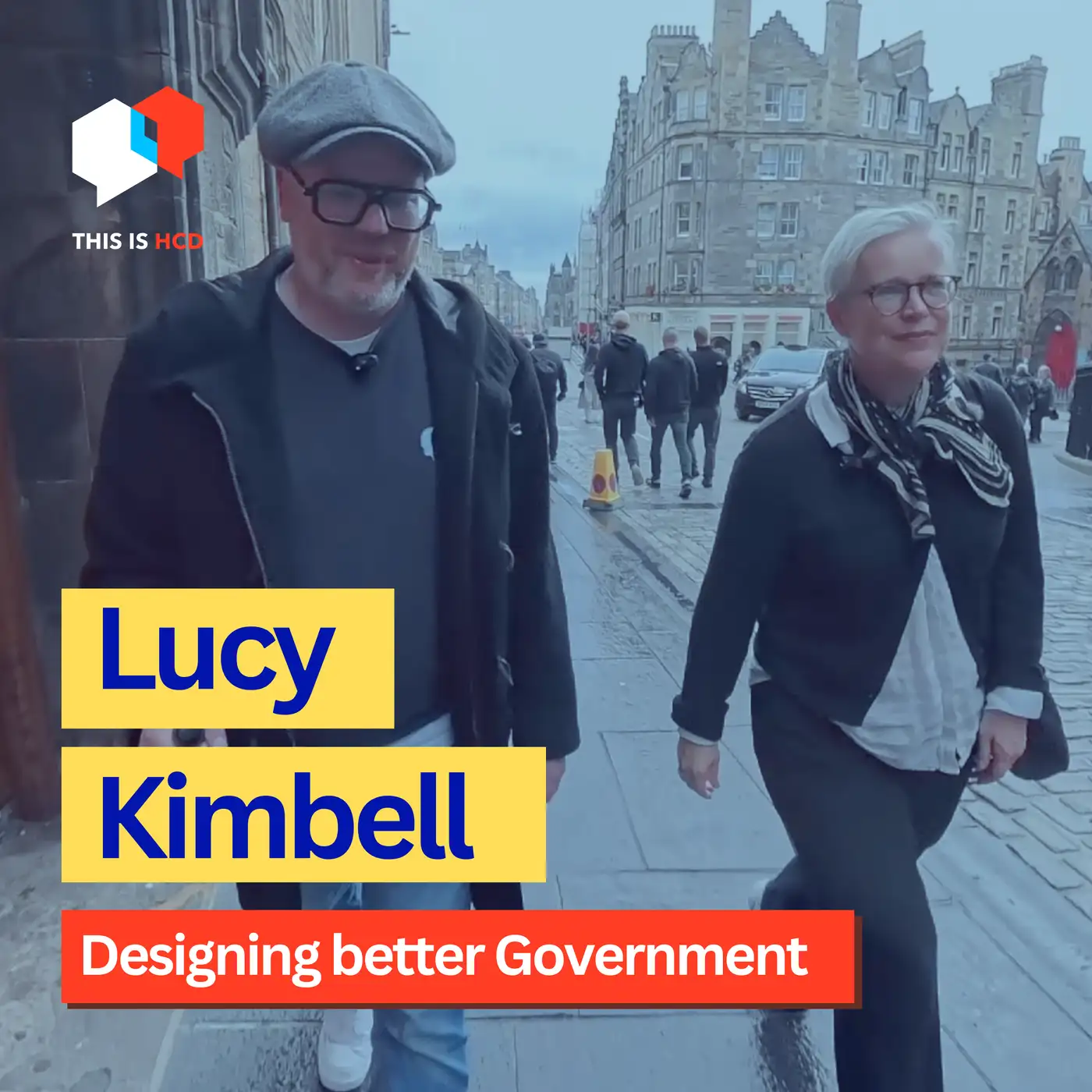🎉 Gerry Scullion is writing a new book 'This is Human Centered Design' with BIS Publishers. Want to get early access, share your feedback, and submit a case study to be featured in the book?
We have an absolutely incredible treat for you on the show. Let me tell you a bit of a background. So when I’m travelling, or when I lived in Australia, and I get asked where I’m from, I say I’m from Ireland. But when I’m in Ireland, I say I live in Dublin, I’m from a place called Drogheda. And when I’m in Drogheda, I tell them where I grew up.
Well the location is not only the place of my birth, but it’s really, really historic. It’s on the banks of the River Boyne, a hugely historic location in Irish history for various reasons but this river is known internationally as the Brú na Bóinne, which refers to the mansion or the palace of the Boyne. And from the age of about 8 or 9, I remember going on a school tour and I became somewhat obsessed with this area of the river because on the bend of that river is a Neolithic tomb that predates the pyramids and is approximately 3,200 years old, Before Christ.
It’s a World Heritage Site and it’s quite simply a remarkable and a spiritual location, for me particularly, that I believe offers us a really rich connection to the past.
In this episode, I speak with Anthony Murphy of Mythical Ireland. Now Anthony is also from where I’m from in Drogheda and over the last 30 or so years, he has really explored the surrounding areas of Newgrange and has become a well of knowledge about that area.
Together with local artist Richard Moore, who coincidentally was instrumental in encouraging me as a teenager to pursue my love of design, well they’ve explored and uncovered knowledge that offers us new perspectives into what it might have been like at the time of Newgrange. Now of course, a lot of this is speculation, but we discuss nevertheless, what we believe we do know.
There’s an unbelievable revelation for me in this conversation, about things like, how they transported these huge boulders that are engraved from over 120km away to the site at Newgrange, how do they do that? Back and forth from the UK and further afield using boats?
I’m keen to learn more about the potential of the social structures at that time to try and get a peek of what it was like. Anthony was happy for me to get a clearer picture on what that might have looked like at the time.
So from a Human Centered Design perspective, I’m really curious what we can learn and derive from the Neolithic period and where we are today.
This transcript was created using the awesome, Descript. It may contain minor errors.
Here's our last three episodes from This is HCD.


